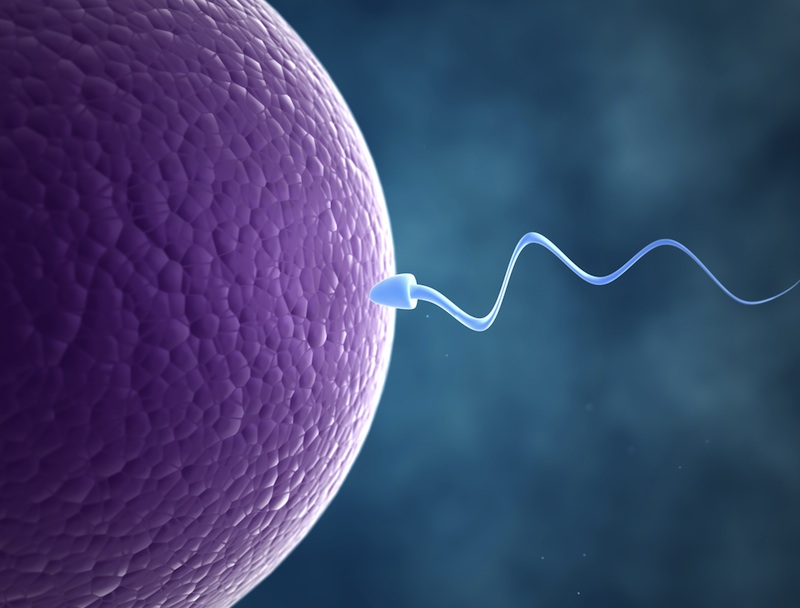How Sperm Length Affects Fertility

Most fertility research has focused on the size of sperm and the size of the swimmers' heads, but a new study suggests the variability in the length of sperm also may put a wrench in successful reproduction.
Like a factory churning out products of inconsistent sizes, ejaculates with varying sperm lengths can be a problem, said James Mossman of Brown University in Rhode Island. And his study suggests a link between this variability and sperm quantity.
"There's a lot more work [that] must be done to characterize this relationship, to figure out why males that produce large numbers of sperm also produce better sperm," Mossman told LiveScience. This suggests those with less variation produce higher concentrations of good sperm.
Mossman and his colleagues, who detailed their results in the Oct. 28 issue of the journal Human Reproduction, say sperm-length measurements may provide insights into a man's testes function and the process through which he produces mature sperm cells. [Sexy Swimmers: 7 Facts About Sperm]
Lots of variation
The researchers examined semen provided by 103 men who enrolled in a fertility study in 2006. They found a link between a wider variation in sperm length, particularly that of the flagellum, or the tail, and a lower concentration of sperm that could swim well. Men with a lower variation in the length of sperm components produced sperm that were more likely to be motile.
The little swimmers varied quite a bit among participants: the head length of sperm varied about 20 percent, while the mid-piece, which houses the mitochondria, had higher variations, and the flagellum length varied about 20 percent variation. "These are very measurable differences," said Mossman.
Sign up for the Live Science daily newsletter now
Get the world’s most fascinating discoveries delivered straight to your inbox.
That sperm would vary wasn't entirely unexpected, but prior research had focused on the size of the sperm head or on sperm's average, or mean, length, which the researchers found to be just one of the factors that mattered in determining the number of quality sperm.
"What was interesting was that we found that variation was more important for fertility than the mean length," Mossman said.
Sperm and infertility
Many significant questions about swimmers still linger, said Chris Ford, a sperm researcher at the University of Bristol in the United Kingdom who wasn't involved in the current study. He pointed out the researchers used subjective measures of quality of sperm movement, . "We can't tell if the longer sperm were swimming faster or if all the sperm in the ejaculate were of better quality and so swam faster irrespective of their length," Ford said.
Cracking the nut of sperm quality could help couples overcome fertility issues. In about 50 percent of couples with conceiving issues, male infertility is to blame.
In humans, it is more of an endurance race than a sprint for sperm to reach eggs, explained John Fitzpatrick, a researcher at the Centre for Evolutionary Biology at the University of Western Australia. Because of this grueling test of endurance, only high-quality sperm are able to reach and fertilize eggs.
"Having less variable sperm that are more motile probably means that a greater number of sperm will be able to reach the egg. Whether the egg can choose amongst these sperm at this point is an open question," said Fitzpatrick, who wasn't involved in the study.
Mossman says that researchers are just beginning to understand which genes are important for fertility, for eventual gene therapy targets – and also to understand which environmental factors can impact sperm numbers and quality. Size does matter – but so does consistency.









